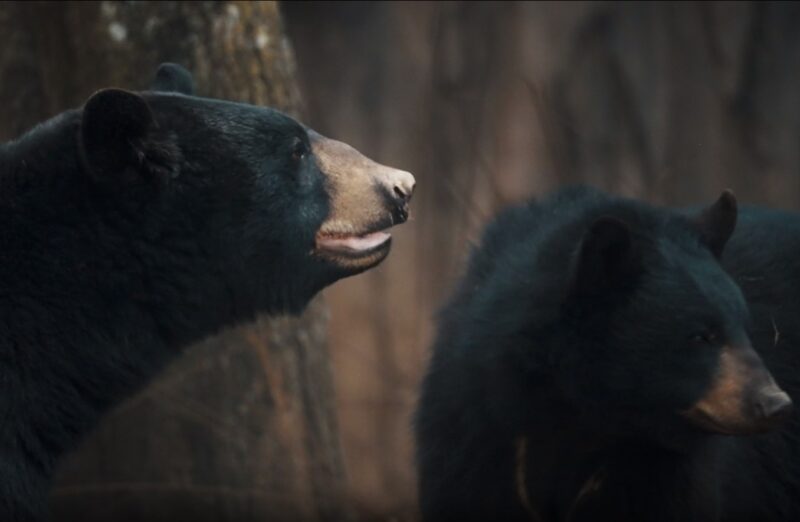Understanding the lifespan of bears is crucial for their conservation and helps us appreciate the challenges they face in their natural habitats. From black bears in North America to polar bears in the Arctic, today we’ll look at how long these magnificent creatures typically live in the wild and the factors that influence their longevity.
The Lifespan of Bears
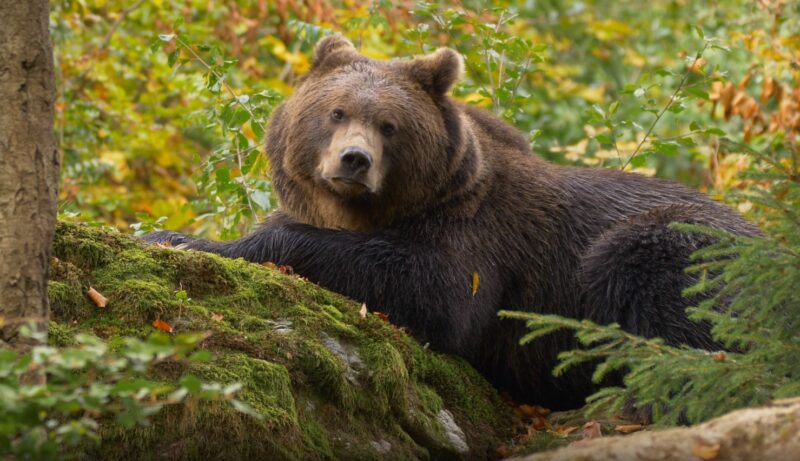
Bears typically live for 10-20 years, though some species can live up to 30 years under favorable conditions. Their lifespan varies significantly among species, with factors like habitat, diet, and human interaction playing crucial roles.
Species-Specific Lifespan
| Bear Species | Habitat | Lifespan in the Wild (Years) |
|---|---|---|
| Black Bears | North America | 15-20 |
| Polar Bears | Arctic | 15-20 |
| Pandas | China | 10-15 |
| Sun Bears | Southeast Asia | 10-20 |
| Sloth Bears | Indian subcontinent | >20 |
| Asiatic Black Bears | Asia | 25-30 |
Threats to Longevity
The primary threat to bears comes from humans. Habitat loss, car accidents, and hunting significantly reduce their lifespan. Additionally, climate change, particularly for polar bears, poses a significant threat.
The disruption of their natural habitats not only affects their access to food but also increases their encounters with humans, often leading to fatal outcomes. Pollution, especially in waterways and forests, also contributes to health issues in bears, further shortening their lifespan.
Efforts to mitigate these threats, including protected areas and wildlife corridors, are essential for the preservation of these majestic creatures and their natural habitats.
Bear Cubs: The First Few Years
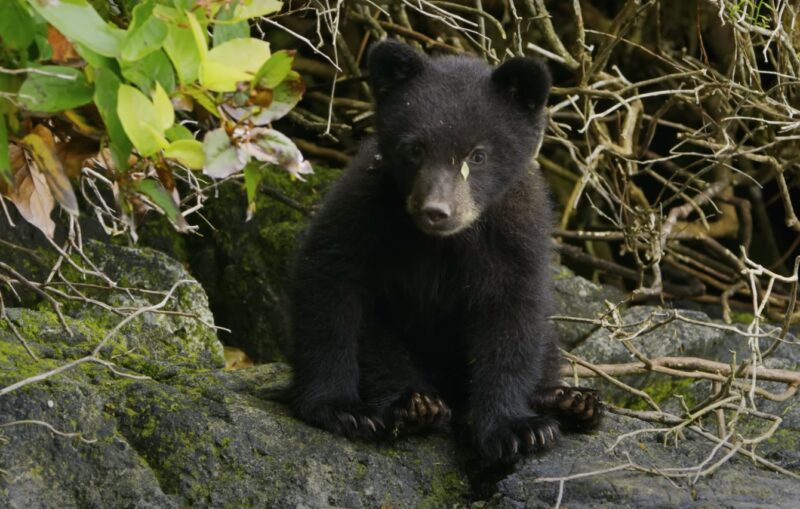
Bear cubs are born seasonally, and the timing varies among species. They are usually born without fur and are entirely dependent on their mothers during the initial week of life. This critical period is when the mother bear provides warmth, milk, and protection, which are vital for the cubs’ survival.
During their early years, bear cubs learn crucial skills such as foraging, hunting, and social behaviors from their mothers. These skills are essential for their independent survival in the wild. Bear cubs typically stay with their mothers until they are around 4 years old, learning essential survival skills.
This extended period of maternal care i s crucial in ensuring that the cubs are well-equipped to face the challenges of the wild.
Maturity and Reproduction
Bears reach sexual maturity between three and five years of age. Their ability to reproduce and the health of their offspring are key factors in sustaining bear populations. During the mating season, bears often exhibit complex mating behaviors, including vocalizations, scent marking, and physical displays of strength.
Female species, once impregnated, can delay the implantation of the embryo, ensuring that the cubs are born at a time when conditions are most favorable for their survival. Successful reproduction and cub rearing are critical for maintaining bear populations, especially in areas where their numbers are declining.
These reproductive strategies, combined with the mother’s intensive care, play a pivotal role in the continuation of bear species.
Human-Bear Conflicts
The interaction between bears and humans often leads to tragic outcomes for the bears. In many regions, these animals are considered pests or threats, leading to lethal management practices. Educating the public about bear behavior and promoting coexistence strategies are crucial for their conservation.
Urban expansion into bear habitats increases the likelihood of these conflicts, necessitating more innovative solutions to mitigate human-bear encounters. Community-based initiatives that secure trash and reduce attractants can significantly lower the incidence of bear intrusions into human areas.
Efforts to create bear-aware communities are integral in shifting the narrative from fear to understanding and respect for these majestic creatures.
The Role of Habitat and Diet
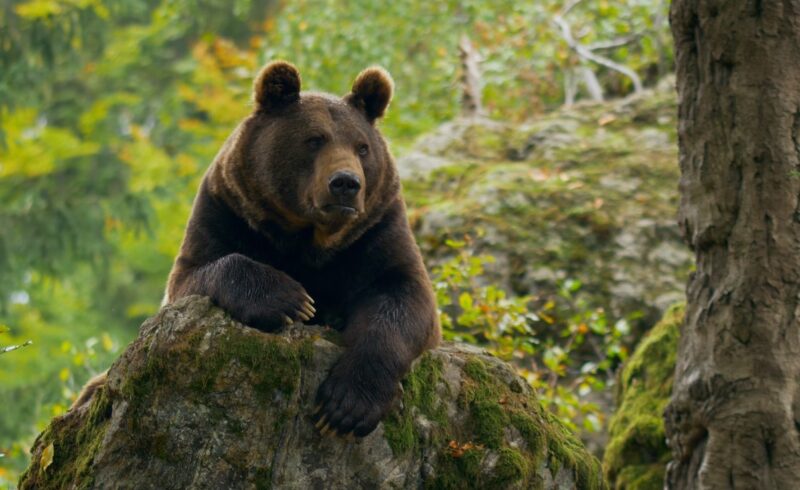
Bears’ longevity is closely tied to their habitat and diet. For instance, polar bears rely heavily on sea ice to hunt seals, their primary food source. As climate change reduces sea ice, polar bears struggle to find enough food, which can shorten their lifespan.
In contrast, black bears, with a more varied diet and adaptable habitat preferences, often enjoy longer lives. This adaptability, however, doesn’t make them immune to the impacts of environmental changes and human encroachments.
Efforts to conserve and restore natural habitats can significantly improve the survival rates and overall health of bear populations. Additionally, understanding and protecting the ecosystems that support a diverse diet for bears is critical for their conservation.
Human Impact Beyond Hunting and Accidents
Besides direct threats like hunting and car accidents, indirect human actions such as pollution and climate change also affect bears’ lifespan. Pollution can lead to habitat degradation, affecting their food sources and overall health.
Chemical pollutants like pesticides and heavy metals can accumulate in the bears’ bodies, leading to long-term health issues. Climate change not only affects polar bears but also alters the habitats and food availability of other bear species.
It’s essential to address these broader environmental issues through policies and practices that minimize human impact on the natural world, ensuring a sustainable future for both animals and humans.
Conservation Efforts
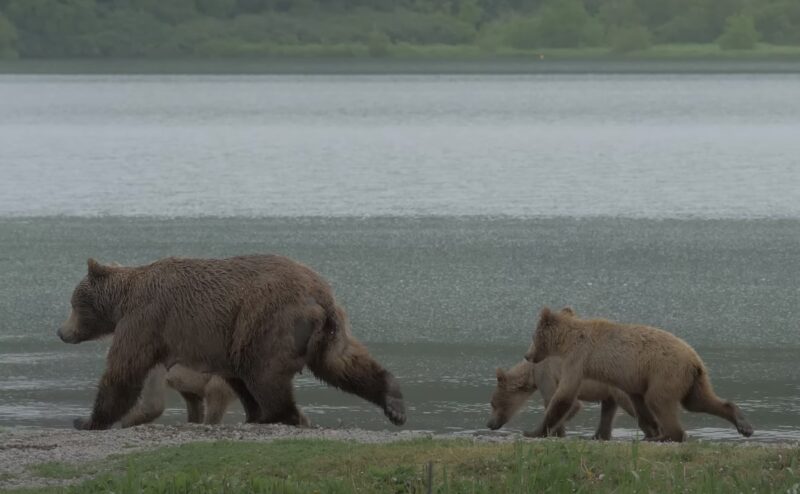
Conservation efforts play a crucial role in extending the lifespans of bear species. Protected areas, anti-poaching laws, and public education campaigns are essential for their survival. Programs that address human-bear conflicts and promote coexistence are also crucial.
FAQs
Can bears in captivity live longer than those in the wild?
Yes, when in captivity, they often live longer than their wild counterparts. This is primarily due to consistent food supply, absence of predators, and medical care available in zoos and sanctuaries. However, the quality of life in captivity versus the wild is a subject of ongoing debate.
Do bear populations show signs of aging similar to humans?
Like humans, bears do show signs of aging. Older species may have grayer fur, lower energy levels, and may suffer from arthritis or other age-related health issues. However, their aging process is less studied compared to humans.
How does climate change specifically impact the diet of bears?
Climate change impacts bear diets in various ways. For instance, polar bears find it harder to access seals due to melting sea ice. In areas where berries are a key food source, changes in temperature and precipitation can affect berry availability, impacting the diet of species like the black bear.
Are there any successful programs aimed at reducing human-bear conflicts?
Yes, there are several successful programs. For example, in North America, initiatives like “Bear Smart” and “Bear Wise” educate communities on reducing attractants and safe interactions with bears.
These programs have significantly reduced conflicts and improved bear conservation efforts.
Do bears have any natural predators that affect their lifespan?
Adult species have few natural predators due to their size and strength. However, bear cubs are vulnerable to predators like wolves, cougars, and even other bears. Predation on cubs is a natural population control mechanism but doesn’t significantly affect overall bear lifespan statistics.
How do conservationists monitor bear populations and their health?
Conservationists use various methods to monitor bear populations, including radio collaring, camera traps, and DNA analysis from hair and fecal samples. These methods help track bear movements, population numbers, health, and habitat use, providing valuable data for conservation efforts.
Summary
In conclusion, the lifespan of bears varies across different species, generally ranging from 10 to 30 years. Factors like habitat, diet, human interaction, and environmental changes significantly influence their longevity.
By understanding these factors and promoting conservation efforts, we can help ensure that these animals continue to thrive in their natural habitats for many years to come.
Related Posts:
- How Big Do Beavers Grow? Exploring the Growing Giants
- Can Swimming Pools Be Eco-Friendly? Exploring…
- What Biome Do Grizzly Bears Live In? Into the Great…
- How Long Can a Hydro Flask Be Used For? Maintenance…
- How Sustainable Is Intermittent Fasting? What Is the…
- Characteristics Of North American Bears - A…


